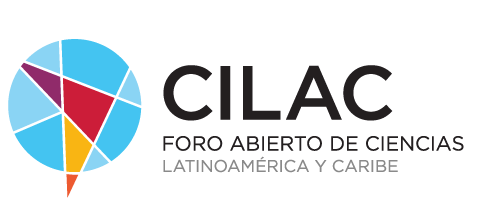 An international team of researchers has discovered, for the first time, the fossil of a dinosaur on a nest with its own eggs, some of which include embryos inside. It is an oviraptorosaur, a group similar to birds, that about 70 million years ago roamed the areas near the current city of Ganzhou, in the province of Jiangxi, in southern China. By the way, the specimen that was hatching was a male.
An international team of researchers has discovered, for the first time, the fossil of a dinosaur on a nest with its own eggs, some of which include embryos inside. It is an oviraptorosaur, a group similar to birds, that about 70 million years ago roamed the areas near the current city of Ganzhou, in the province of Jiangxi, in southern China. By the way, the specimen that was hatching was a male.
“It is a spectacular specimen,” says one of the main authors of the study, Shundong Bi, professor at Indiana University in Pennsylvania and researcher at the Carnegie Museum of Natural History (CMNH). «Dinosaurs preserved in their nests are rare, as are fossil embryos. "It is the first time that a non-avian dinosaur has been found sitting in a nest of eggs that preserve the embryos," he explains.
The fossil consists of an incomplete skeleton of a large, presumably adult oviraptorid, crouching in an incubation posture over a clutch of at least 24 eggs. Of them, at least seven preserve bones or partial skeletons of unhatched oviraptorid embryos inside. The late stage of development of the embryos and the proximity of the adult to the eggs suggests that the latter died in the act of incubating its nest, as modern birds do, rather than laying its eggs or simply protecting the nest from predators, as has sometimes been proposed for the few other oviraptorid skeletons that have been found above the nests.
The dinosaur fossil sitting on a nest of eggs. Multiple eggs (including at least three containing embryos) are clearly visible, as are the adult's forearms, pelvis, hind legs, and partial tail.
–
Shundong Bi, Indiana University of Pennsylvania.
"A loving father"
“Discovering this fossilized behavior is extremely rare in dinosaurs,” explains Matt Lamanna, paleontologist at CMNH. "Although some adult oviraptorids have been found in nests with their eggs before, embryos have never been found inside those eggs. In the new specimen, the babies were almost ready to be born, which tells us without a doubt that this oviraptorid had been guarding its nest for quite some time. "This dinosaur was a loving father who ultimately gave his life while raising his little ones."
The team also carried out oxygen isotope analyzes indicating that the eggs were incubated at high temperatures similar to those of birds, supporting the hypothesis that the adult died in the act of incubating the nest. Furthermore, although all embryos were well developed, some appear to have been more mature than others, which in turn suggests that oviraptorid eggs in the same clutch could have hatched at slightly different times. This feature, known as asynchronous hatching, appears to have evolved independently in oviraptorids and some modern birds.
Skeletal reconstruction of adult oviraptorid showing preserved bones (in white) Stones in the stomach
Another interesting aspect is that the adult keeps a group of pebbles in its abdominal region. These are almost certainly gastroliths, or 'stomach stones', rocks that he would have deliberately swallowed to help him digest his food. This is the first time that definitive gastroliths have been found in an oviraptorid and, as such, these stones may provide new insights into the diets of these animals.
For co-lead author Xing Xu, a paleontologist at the Institute of Vertebrate Paleontology and Paleonthropology in Beijing, “It is extraordinary to think how much biological information is captured in this single fossil. "We are going to learn from this specimen for many more years."
